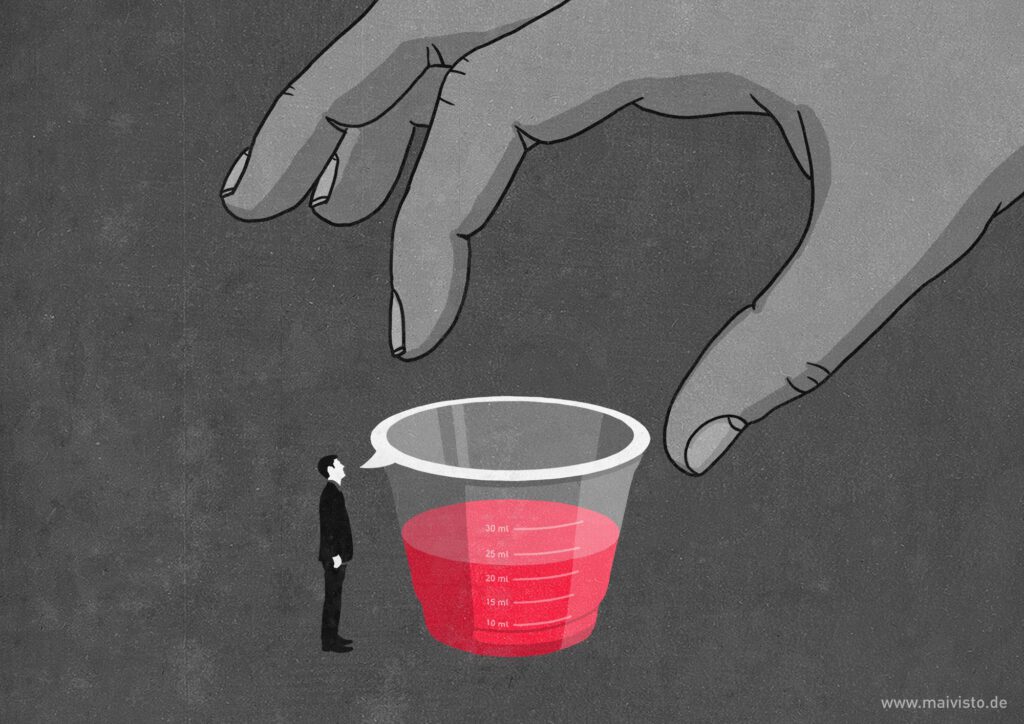
At first, it tastes bitter, and you want to spit it out. But once it is down, it works wonders.
This only applies to constructive criticism. Criticism has the sole purpose of bringing the criticized person closer to her goal. This can be during the logo design process, the realization of a business idea, or the improvement of shooting techniques in football.
Good criticism burns especially strong when we’re beginning, such as in college. That’s because we haven’t yet internalized that we’re not our work
Good criticism burns especially strong when we’re beginning, such as in college. This is where it stings the hardest. That’s because we haven’t yet internalized that we’re not our work. Our work is a byproduct of us. No more. So sharp words about our designs quickly hit us personally.
On top of that, there’s a fair amount of insecurity. After all, we are only just getting to grips with a new field and cannot yet correctly assess quality. That’s why we rely on experienced voices and eyes. When you consider that we often receive criticism in front of a group, you can get weak at the knees. After all, we don’t report on rational topics such as explaining a calculation path in mathematics. When we talk about our creative work, we reveal our most profound thought processes, views, and often emotions. You can hardly be more naked and vulnerable in front of a group of people.
From my experience, I can say the stinging feeling will never go away completely. When I send my ideas to a client, I’m still nervous and distract myself until I receive feedback. But what we can do are the following two things:
We can consciously try to push our ego aside
The first is how we handle criticism. Constructive criticism is so hard to come by. After our presentation, if someone gives a reasoned explanation of why our design doesn’t work or doesn’t work yet, we can consciously try to push our ego aside. Maybe we can never really turn it off but send it out of the room for a while. This is easier for us if we set our expectations directly to zero. We don’t assume we’ll be praised to the skies right away. Instead, we know that we’re about to receive a hail of words like needles. We are prepared for it. Better still, we welcome new impulses and views to improve our work.
We become the sharpest critic of our work in a still healthy manner
The second thing is that we become the sharpest critic of our work in a still healthy manner. This takes time and a lot of experience. Today, I feel pretty confident in my illustrations: client X asks for style A for his project, the same I did for client Y in the past. The risk of being wrong with my work is low. Nevertheless, the client sometimes wishes to change or cancel something. He has a different idea or opinion here regarding the composition, color selection, or the like. I hardly find this feedback stinging anymore. It’s quite the contrary. I accept it with open arms. After all, I’m just getting a new incentive that I apparently didn’t have before, which drives away boredom and monotony in my work, and I am grateful for that.
So we can choose how we take criticism. If we can rebut the criticism with reason – great! We’re on the right track. If the complaint is justified – great! We are getting back on the right way.